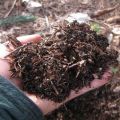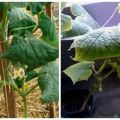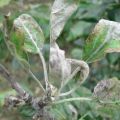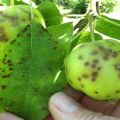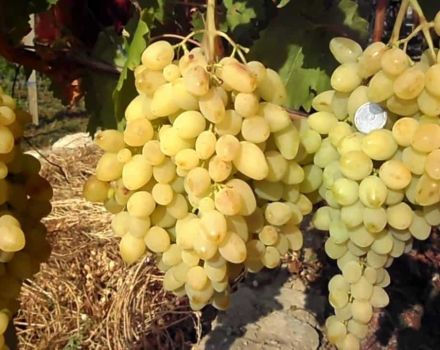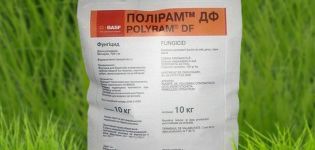Causes of Citrus Diseases and Pests and Control Measures
Unsuitable growing conditions or violations of the rules of care provoke the development of citrus diseases. The defeat of plants by diseases leads to their death and a reduction in fruiting. Depending on the characteristics of the infection, appropriate control measures are required.
Citrus diseases
When growing citrus trees at home, a number of diseases are possible. Each disease is characterized by certain characteristics and has a different effect on plants.
Citrus Cancer
Symptoms of the disease appear on the leaves, branches and fruits of plants. In the initial stage of citrus cancer development, small spots form on the back of the leaves, which eventually spread to other parts of the plantation. As a result of the influence of infection, the affected parts begin to darken and die off.
Anthracnose
The disease affects all terrestrial elements of the plant. Signs in the form of brown spots appear on the leaves, after which they spread to the trunk and fruits. Due to the deepening of the spots, an obstacle for the movement of nutrients is created. Under high ambient temperatures, plants affected by anthracnose develop cracks.
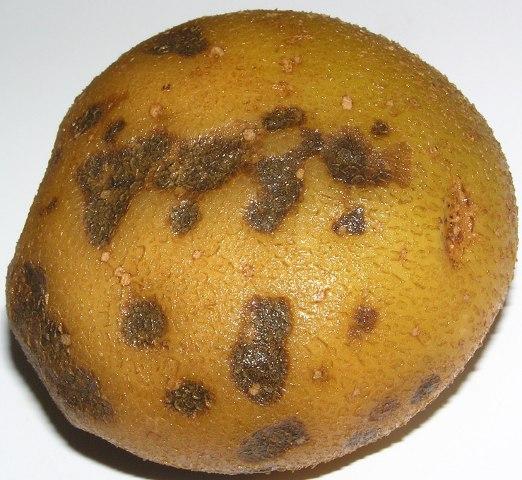
Scab (citrus wart)
The development of scab can be detected by the formation of translucent warts on the entire ground part of trees. In the event of the development of the disease, the warts become larger, and the affected elements are deformed, lose nutrients and die off. Fruits infected with scab fall off prematurely and lose their taste.
Melsecco
Signs of the disease are chloroticity of the leaves and drying of the branches. The development of melsecco leads to the complete drying of the tree. The causes of infection are:
- violation of watering;
- excess dressings;
- freezing shoots;
- wrong agricultural technology.
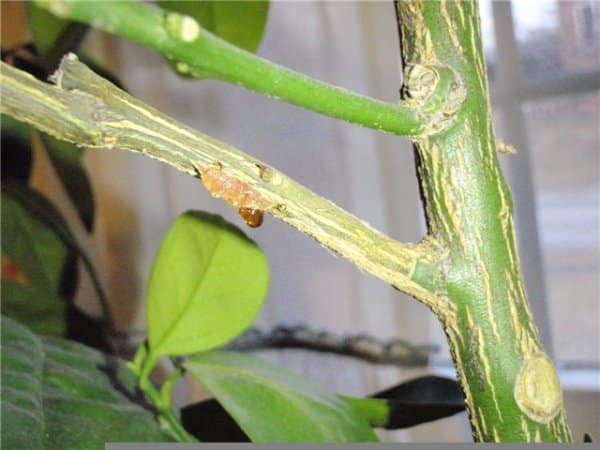
Gommoz
When growing citrus fruits at home, gommosis affects large roots and bark. A symptom of the disease is the release of gum from the trunk, branches and leaves. Severely affected plants begin to shed their foliage.
Hommosis slows down the delivery of nutrients to the shoots, so the lack of struggle leads to their death.
Late blight
A common disease late blight is characterized by the appearance of dark spots with bloom or mold.The affected citrus elements begin to die off, which causes the entire plant to die. Over time, the fruits lose their presentation and taste. Phytophthora can spread from one plant to another.
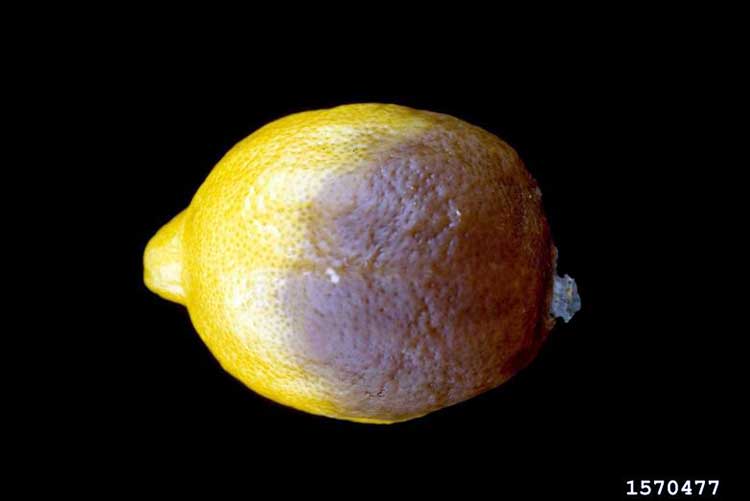
Melanosis
Infection with citrus fruits with melanosis results in small brown spots on fruits and foliage. Due to the impact of the disease, the fruits do not reach the maximum possible size, and their shape is distorted. Older trees are most susceptible to melanosis. Damaged plant parts must be destroyed.
Mycosferellosis
The fungal disease mycospherellosis leads to the formation of blistering spots on the underside of the leaves. Infection leads to foliage and fruit skin damage. To control the disease requires regular removal of fallen leaves, reducing the source of new spores.
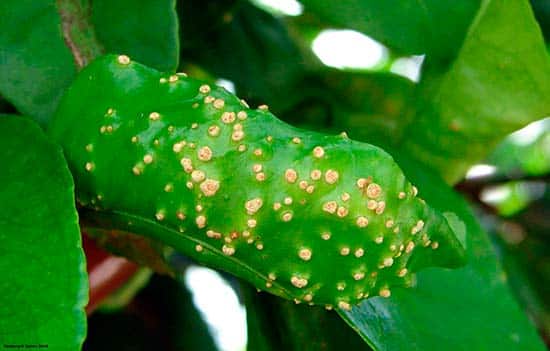
Root rot
Root rot is caused by excessive soil moisture or the penetration of fungi. It is possible to detect the presence of an infection by dark spots on the trunk, from which fluid is released. Over time, the bark in the damaged areas collapses and exfoliates.
Tristeza
The impact of tristeza extends to all parts of the citrus plantation. The primary sign of the disease is partial or complete cessation of growth and a change in leaf color. Gradually, the leaves and branches begin to die off, and the shoots emanating from the trunk lose their strength. In some cases, root tristeza is affected.
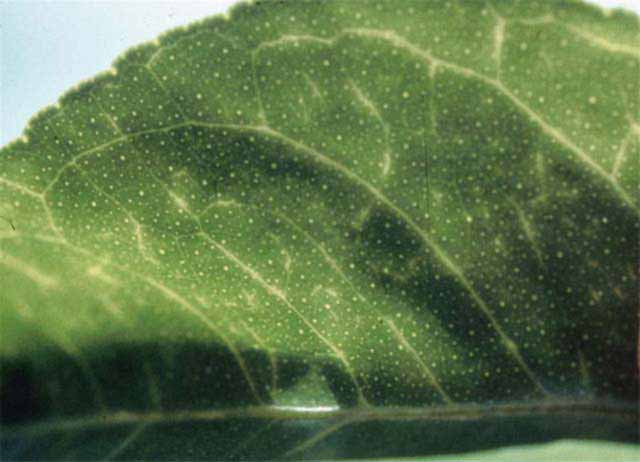
Citrus tree pests
In addition to diseases, harmful insects are dangerous for citrus trees. The negative influence of pests leads to the following consequences:
- tree growth retardation;
- dying off of plant parts;
- reduction in yield.
The main reason for the appearance of insects is improper care. Also, the reasons are sudden changes in temperature, a pronounced aroma of fruits and the presence of plant residues in the soil.
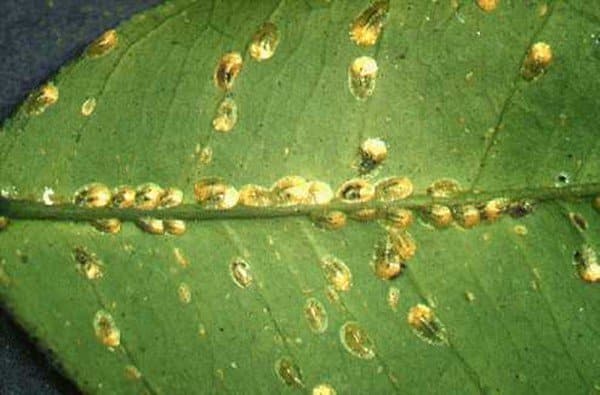
Shield
Small insects stick to the leaves and suck the juice out of them. As a result of exposure to the scale insect, the leaves gradually turn yellow, curl and fall off. If you do not start treating the plant in a timely manner, it will stop development and die. In rare cases, the scale insects damage the fruits, after which they become unusable.
Spider mite
Due to their small size, it is very difficult to detect mites on citrus fruits. A sign of the appearance is the formation of a thin web, with which insects cover the fruits and leaves. Pests are capable of hiding in the ground or in leaf sinuses.
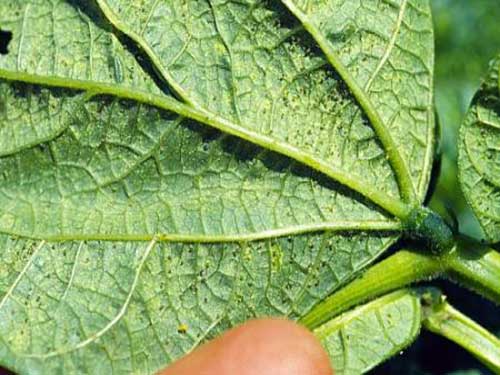
Greenhouse thrips
The greenhouse variety of thrips is a small pest that lives on ripening fruits and leaves, absorbing nutrients from them. Blotches and black dots form on the affected parts. Due to the influence of thrips, the productivity of plants decreases, and the inflorescences are deformed and begin to fall off.
Whitefly
Citrus fruits are harmed by adult whiteflies and their larvae. Pests absorb plant juices on the back of the foliage. Affected leaves lose their strength and fall off. Whitefly larvae excessively absorb sap and secrete fluid, which leads to impairment of photosynthesis.
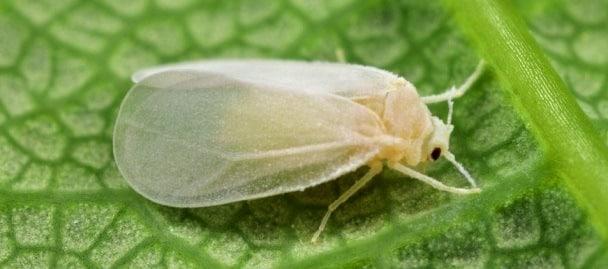
Mealybug
Mealybugs leave a white waxy coating on the surface of the trees. Adults also absorb juice from young shoots, which slows down growth.
Aphid
The most common pest is aphid, which infects citrus fruits at the time of intensive development of new shoots. The insect sucks out nutrients, slows down growth and provokes early foliage.Settling on indoor plants, aphids carry various infections.

Garden slug
Slugs arise in humid conditions and gnaw through fruits and foliage. Insects hide in dense foliage and damp shelters, crawling out to vegetation in the dark.
Earthworms
The emergence of earthworms is accompanied by liquid sticky secretions that can harm trees. In this case, insects carry out aeration of the earth, providing air flows to the roots. The presence of earthworms next to citrus fruits is beneficial, so if you find insects, you should often inspect the plantings and their condition.
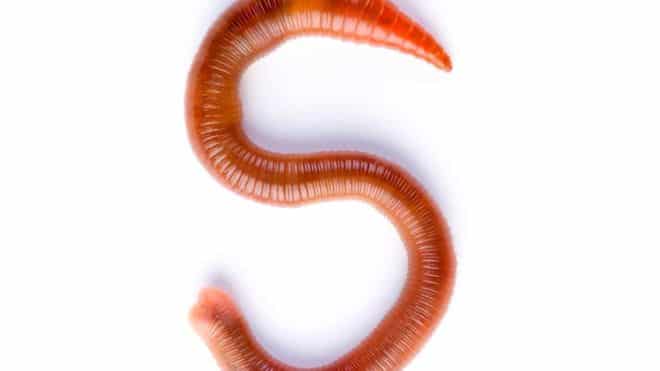
Citrus nematode
Nematodes are parasitic worms that attack the citrus root system. The absorption of parts of the root causes inhibition of growth and further death of plants.
The main reason for the development of citrus nematodes is initially contaminated soil and a lack of organic fertilizing.
Why do the leaves curl
The curling of citrus leaves is a consequence of the influence of a number of diseases and improper care. In particular, the leaves curl with insufficient or excessive watering, the absence of additional fertilizing and a low level of lighting. Once a problem is found, it is necessary to find out the exact cause of its occurrence and provide favorable conditions for growth.
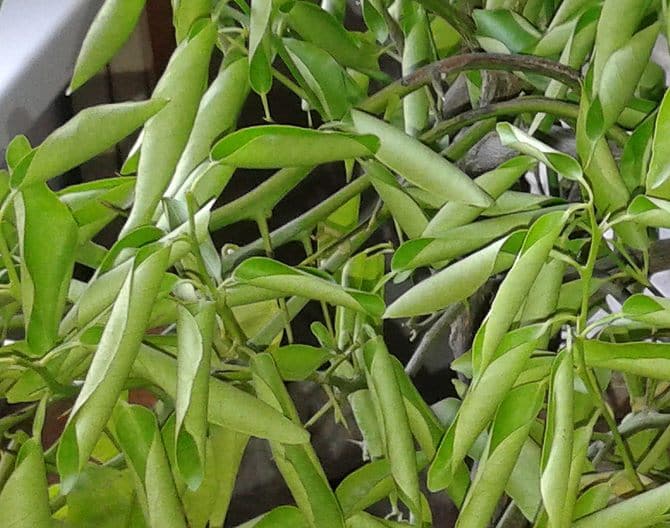
Causes of stains
The appearance of spots of different colors on citrus leaves is a common problem that occurs due to waterlogging of the soil or exposure to pests. Having noticed spots, it is necessary to constantly inspect the plantings - if the spots increase, it will be necessary to spray with fungicidal or insecticidal preparations.
Prevention measures
In order to timely detect the development of diseases or damage by pests, one should constantly monitor the condition of the plants. As a preventive measure, it is recommended to spray the trunk and leaves with a solution of Bordeaux liquid with a concentration of 1%. It is also important to add mineral fertilizing and biofungicidal preparations, which are added to the water for irrigation.



